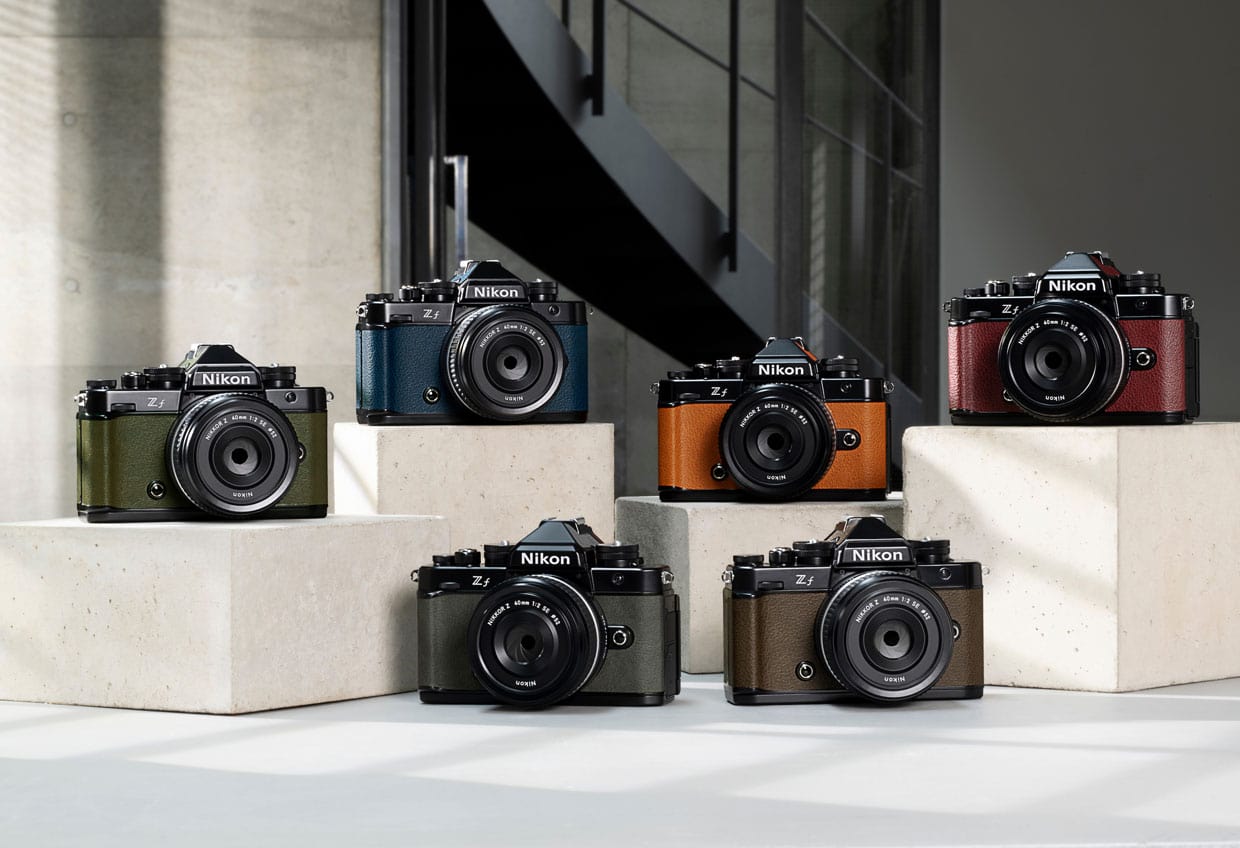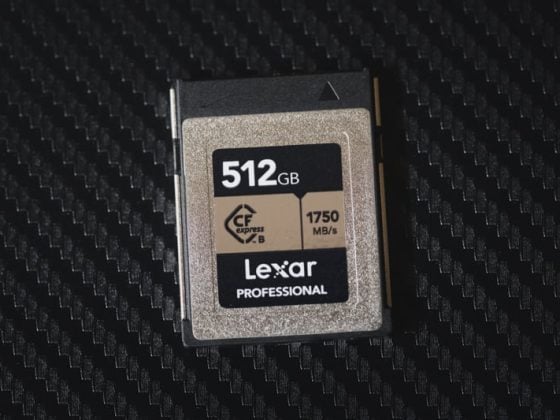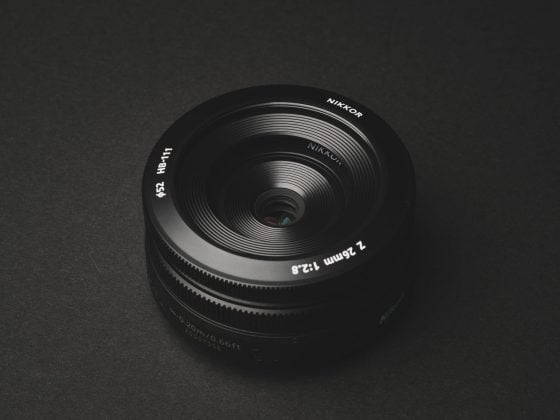That’s a spicey title, and I apologize, but I have a lot to say about The Nikon Zf. It’s the first time I’ve ever really had this level of pull to buy a camera that I don’t need.
Of course, Nikon never shows me love, and I don’t get a sample, but for good reason: Nikon needs to play the defense a little more. We all know the first thing the Sony shills would do is compare it to a Sony A1, then talk about how bad the Nikon $2,000 camera is compared to Sony’s $7,000 flagship while never mentioning the screen resolution, screen quality, or price.
Except when Nikon came out with the Z8, a better camera than the A1 at almost half the price. Then everyone got embarrassed, so they had to compare it to the Sony A7rV, where Sony could at least pick up a win in resolution.
It’s very cutthroat out there for Nikon, but it looks like they just unleashed a truly amazing camera that is hard to find issues with—actually, I have a few.
In this article, I’ll display images I’ve made with the Nikon Z6 to understand how the sensor renders. From the samples I’m seeing, it looks like it has the Nikon Z6 sensor, softer tonality due to the AA filter, but with the Nikon Z8 extra punchy saturation and contrast. I’m very curious to see the actual RAW performance. After shooting with the Z8 for the last few months, I do kind of miss those Z6 tones a little.
I wrote an article on Nikon Z8 Color Science. If you want to know how this new processor balances colors, Remember that the Zf will still have the AA filter, producing a softer, almost more film-mick look.
Table Of Contents
The Nikon Zf – A Legend Is Re-Born
I see many people drooling over this camera, texting me, and trying to control their impulses. Comments everywhere are very positive. It looks like it’s going to be a pretty huge hit. However, a lot of the spec nerd influencers don’t seem to love it, as they don’t understand the concept.
Luckily, my autism is primarily hyper-focused on retro and usability and anything with Fuji in the name, with brass, of course (yes, I even ride a Fuji bike). So, for me, this camera is almost irresistible as I also love everything about it except the flippy screen. I’ll take the L on the flippy screen since it’s the only Nikon camera to have a real one, and it actually makes sense on this body – more on that later.
It also seems that the influencers trying to assign their opinions to their audiences aren’t working on this one, which is good to see. Generally, I see positive comments everywhere.
Also, it does look like opinions on this camera are fairly split even among content creators, and for Nikon, that’s a huge win. I guess Fro didn’t like the grip on the retro-inspired body while he was using his 1200mm lens. At least it’s good to see him hitting the gym again. I actually like Fro, by the way, even though my mom says he’s obnoxious. Just want to make that clear. Sony too. It’s just Sony never bought me off with trips to Hawaii and never will, so I get to be critical of their cameras.
What Everyone Keeps Missing
Now, on to what I keep seeing everyone miss and not mentioning –
It’s a $2,000 full-frame camera with a Z8 processor, a premium screen, and H.265 video codecs. It smokes the A7c II, it’s an absolutely amazing deal and the only thing that it compares to is the uninspiring Canon R6, also an amazing camera that doesn’t really get enough attention, even though I just said it’s uninspiring.
To be fair, I should also say that Sony’s video features, like their S-Log3 and ability to fine-tune the looks, are usually pretty good compared to what Nikon can do so far. N-Log is still poorly received, so you’ll need to find other profiles to install if you’re super serious about video. This area is usually a win for Sony, and anything they do with digital audio and mics is usually pretty good. That is Sony’s pedigree, after all.
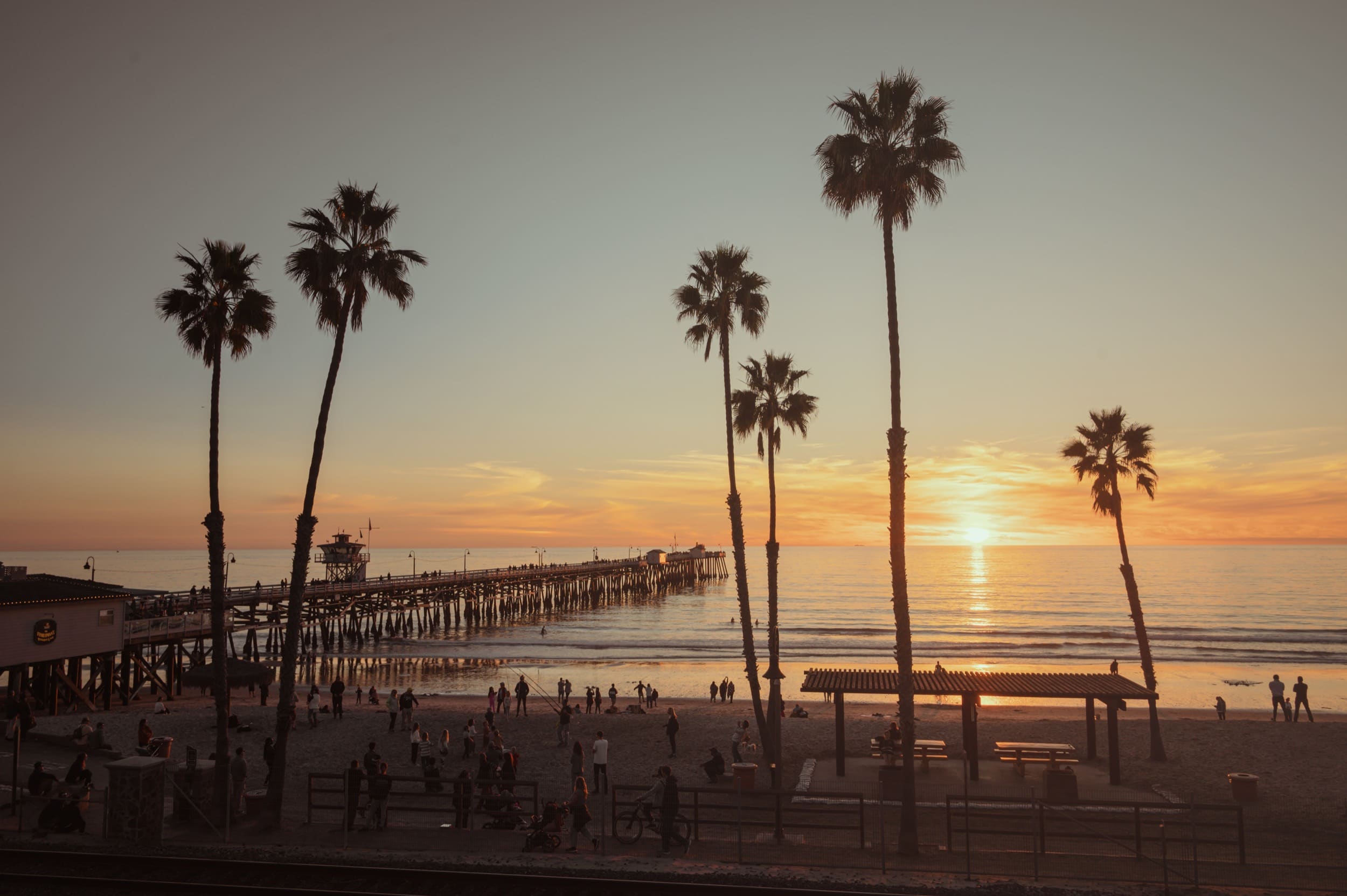
For street and casual shooters, Nikon has really delivered with its compact lenses. The Nikon Z 28mm f2.8 is a ton of fun with its classic rendering, the 26mm f2.8 is absolutely amazing for those looking to get a little more out of image quality in a compact at the cost of focus speed, and the Nikon Z 40mm f2 was an instant classic.
So, the system overall, although imperfect by design, is absolutely beautiful. It’s pretty much the perfect full-frame street camera—again, a $2,000 full-frame camera with a magnesium body, brass dials, and a 3.2″ 2m-dot screen.
Imagine when it goes on sale.

The Sensor
Does it look like a Z6 sensor? It’s good to see Nikon recycling. Now we know what they did with all those cameras from their trade-in deals. 🙂
I’ve been shooting on the Z6 since 2018, and that sensor is pretty amazing. If Nikon could also bring over the color science of the Z8, then people would be really happy. It’s looking like they did, based on some of the other reviewers I’m seeing on YouTube. Of course, AWB and Color balance aren’t written as a quantifiable number on a spec sheet, so content creators mostly ignore it. I’ll call them content creators instead of reviewers because nobody reviews cameras anymore. They just blurb out specs and do dumb AF tests.
My only complaints about the Z6 were the unrefined AWB, color balancing, and, I guess, lack of H.265. All that has been fixed with the Zf, and that’s exactly what I wanted.
It would have been nice if they could get a little more speed out of that Z6 sensor to at least give us a 4k60 full frame, but oh well – it’s a $2000 camera. You do have to just let brands segment their bodies a little.
Also, in terms of sensor image quality, we haven’t seen any improvements from any brand since around 2016. The image processors have gotten better, yielding better images, but the Sensors have mostly stuck to the same tech and performance, except with the stacked sensors.
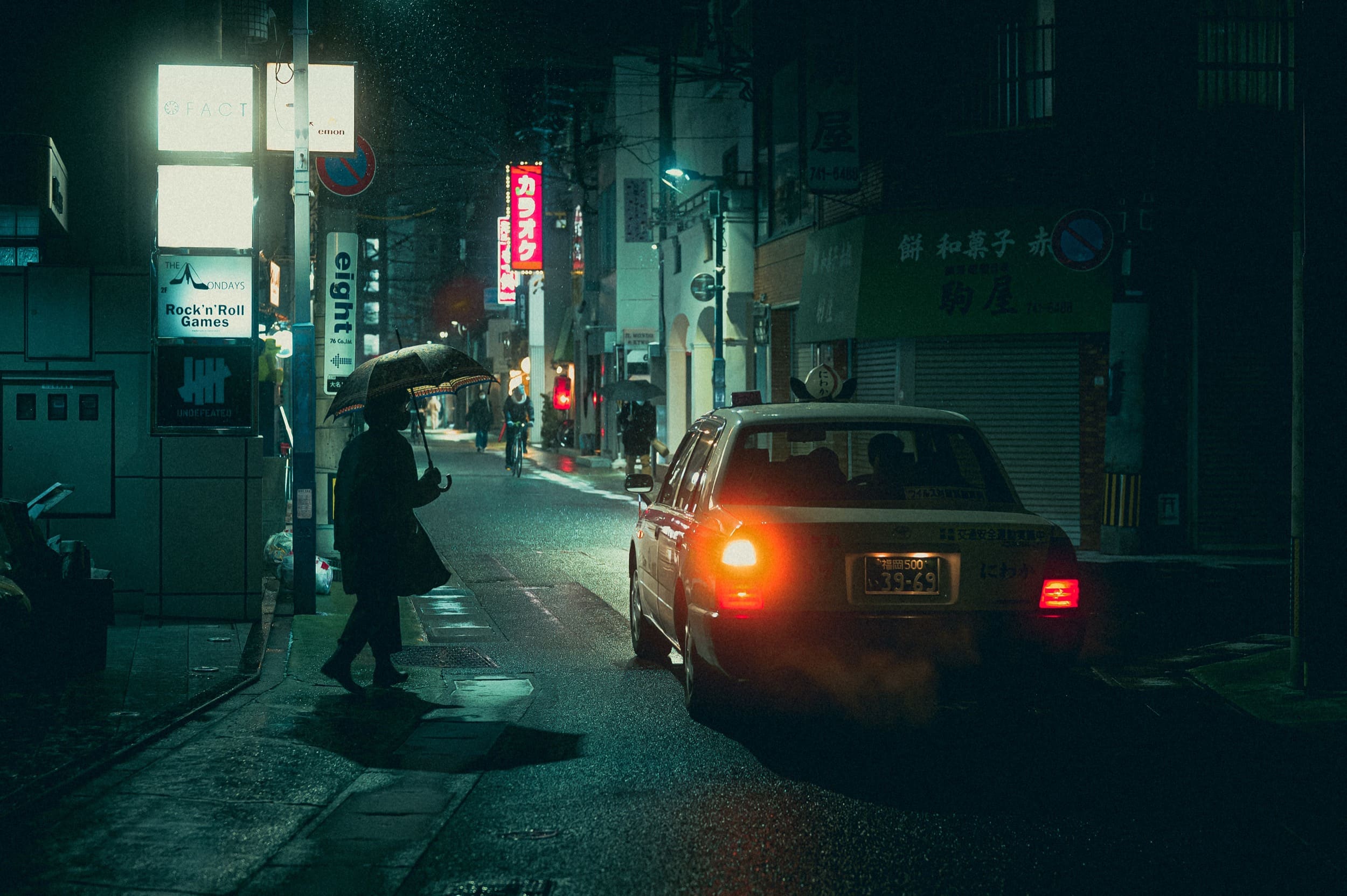
Why The Flippy Screen Makes Sense On The Nikon Zf
An interesting thought I’ve had – A lot of people are thinking, “Oh dials and buttons, it’s so retro, video guys don’t need that, it’s obviously a photo-first camera.” First off, they are not “retro dials,” they are ‘heritage dials.” 🙂
But if you’re filming yourself, having all the controls on top of the camera instead of a menu that you can only access via the back of the camera makes a ton of sense.
While filming yourself, if you don’t like the ISO, look up at the top of the camera and turn the little dial – done. You can’t really do that with the other form factors as easily unless they have a dedicated ISO button, like Nikon’s other cameras. But that would still probably take two hands to operate.
Auto Focus
As a Z8 shooter, I can say the autofocus is pretty nice. How good of an autofocus system you need sort of depends on how you shoot. I still get in situations with the Z8 where I can get the AF to struggle a bit. Usually, when I’m shooting with Soft Mist filters in the rain, the camera can get a little confused. Also, sometimes I’ll get the back focus issue, but 98% of the time, it’s great. – Unfortunately, I always shoot with soft mist filters in the rain.
I think Canon still has a more constant focus system, but we’re splitting hairs here at this point in 2023, comparing autofocus.
Also, what’s often ignored is the number of phase-detection points. Canon R6 uses 1053 Phase Detection points, while the Zf uses 273. This is why you don’t quite get the focus resolution and accuracy as Canon, but you’re punching fewer holes in your sensor as a byproduct, which should give the Nikon sensors superior image quality. You won’t have as bad of issues with “star eating” or “detail eating” as you do with the Sony and Canon cameras.
You almost certainly will not get as good AF with the Zf as with the Z8 because the sensor readout speed is slower. The Z8 has a 4-ms sensor, while I imagine the Zf is probably in the 15-ms range. Also, I will remind you that different lenses perform better than others when dealing with Autofocus.
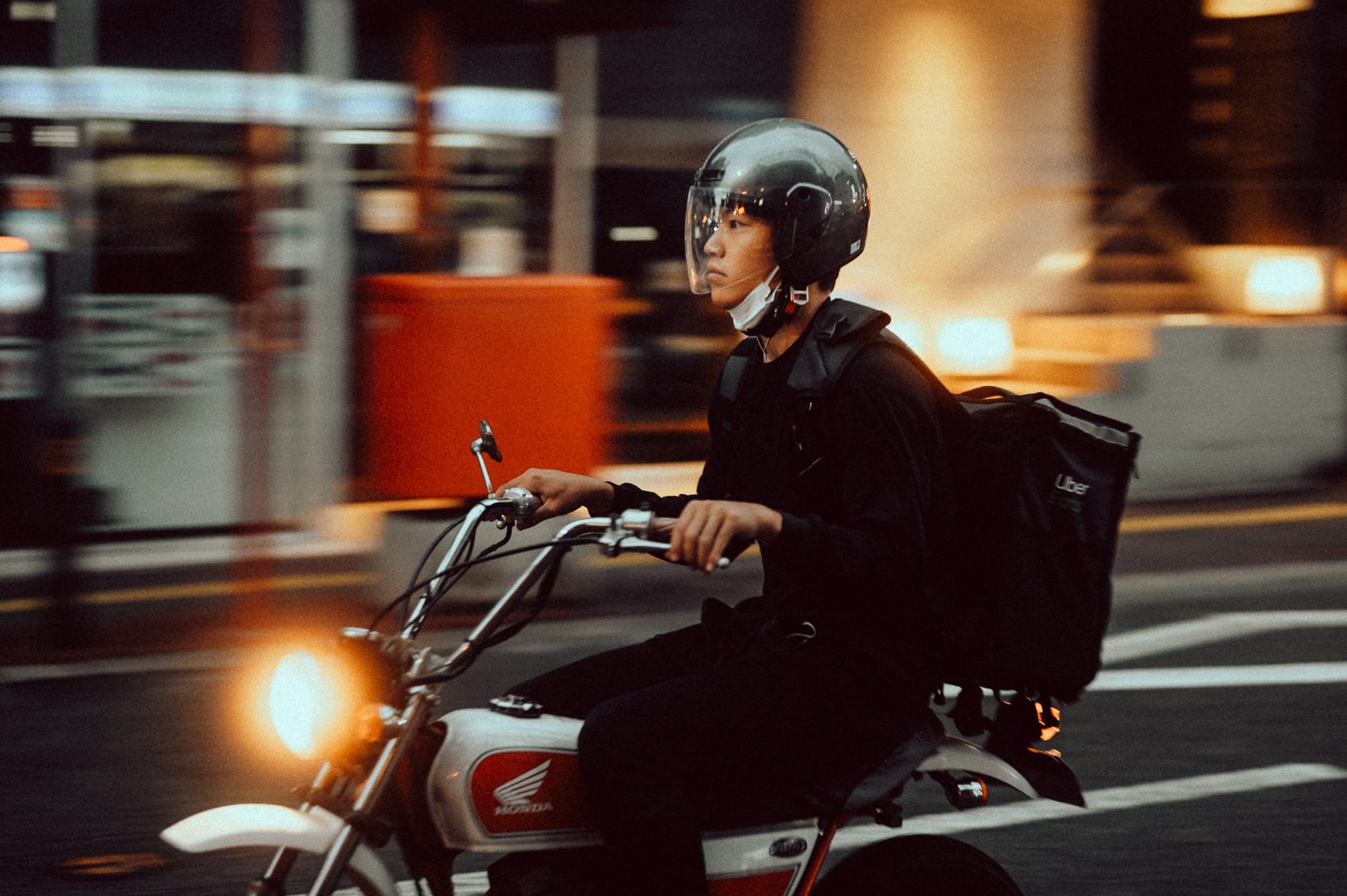
Why I Call It The Fujifilm Killer
I think Nikon did retro here better than Fujifilm has ever done. The new X-T4 and X-T5 cameras are less premium than the X-T3. I wanted to buy an X-T5, but I didn’t love it after renting one. Fujifilm has shifted all the premium builds and accessories over to the X-H2 line. And even the X-T5 only looks modern, just with dials.
Honestly, I think the Nikon Zf has a much better classic “heritage” look than Fujifilm’s. However, I have to say that for modern cameras, I don’t think anything looks better than the GFX100 II right now—one of the prettiest cameras I’ve ever seen.
So, for the APS-C line, this puts Fujifilm in a tough spot. The Nikon Zf is full frame, and yes, a Fujifilm X-T5 is cheaper and does have some better specs, but a lot of Fujifilm shooters aren’t chasing specs. Also, comparable Fujifilm lenses are often more expensive and sometimes less expensive than what you can get for Nikon. So, depending on what lens kit you decide to build out, you might not save that much money with APS-C, if at all.
I say all that as a Fuji shooter. Even though I sold half my Fujifilm cameras, I still own three. I grab my Nikon gear more than my Fujifilm gear—unless it’s the X100V or X-Pro2 since I love that form factor.
It’s just starting to feel like Nikon did Fujifilm better than Fujifilm—except for film simulators, which I covered with my LR presets.
A Few Complaints
Now I have a few complaints. Really, only two, maybe three. The grip will be a little tough for some people, having that flat surface to hold on to. There are going to be third-party grips, in fact, Small Rig already has one, however, once this camera is a bit older these third-party companies generally stop making proprietary accessories. So, down the road, you might be stuck with the stop grip if you don’t buy this camera when it’s in production.
The MicroSD card—I mean, I get it. Nikon was destroyed by everyone for not having a dual card slot in the Nikon Z6, while Sony, just a few months earlier, finally released a dual card slot in the A7III. It was unfortunate timing, and you never heard the end of it.
I find it hard to believe Nikon couldn’t fit dual SD card slots in this thing. We have small body cameras, the Fujifilm X-T4, X-T2, X-Pro 3, Olympus, whatever. They exist. I don’t get the microSD thing. They will be limited to UHS-I speeds, and if you shoot back up, it will slow the whole camera down. You can read more about that on my Nikon Zf Memory Card Guide or get some recommendations for some great cards.
My third complaint is I don’t feel like they did the top dials right.
Let me post a picture to illustrate real quick. Notice how you still have a PSAM dial. There may be some benefit to this, but it almost defeats the purpose of the dials.
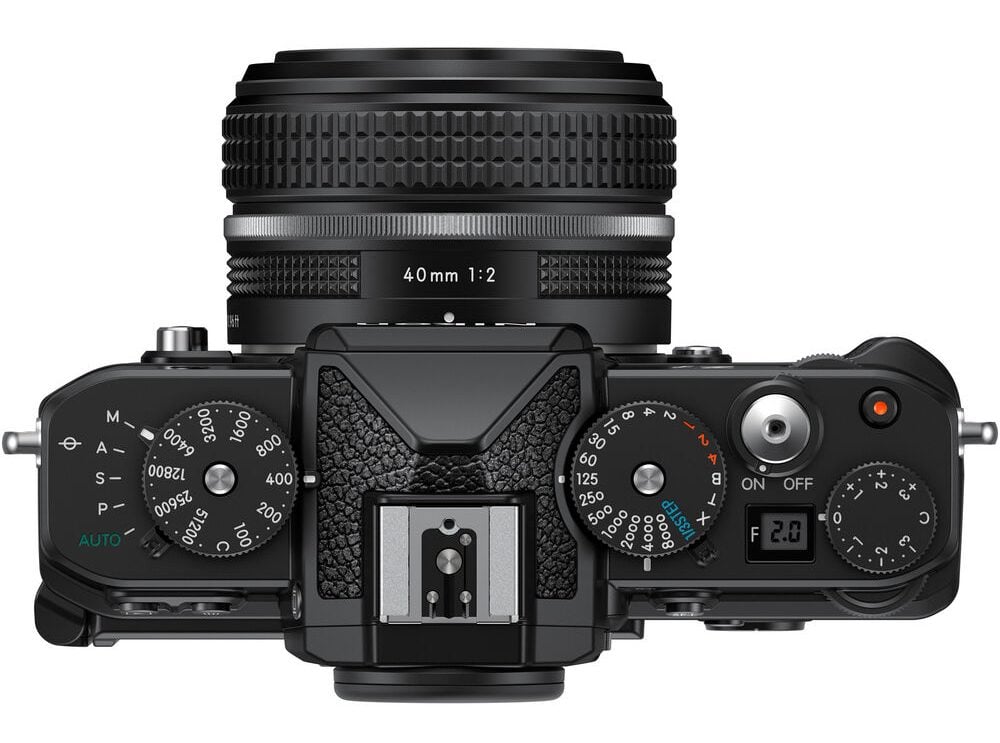
If you shoot aperture priority or shutter priority, you’ll probably never use the top dials because you’ll just switch it into A, set your ISO to auto, and call it a day. At that point, pretty much all your dials will be disabled. We could at least get what Fujifilm did, where you have to physically turn the dial to set it into A, so every once in a while, you get to use your dials. It’s kind of strange.
But the good side of this is you could potentially preset your dials for a certain situation, then throw the PSAM into M and basically lock in your dials values. So it’s not all bad. I would have to shoot with it for a while to really see how I like it. I often do shoot manual everything so it might still be fun,
Nikon Zf Final Thoughts
I could see myself eventually buying the Nikon Zf if I ever find a good deal on a used one or if there is a sale. But I have a Z8 and a Z6, so I don’t really need this body, but man, it looks cool.
The Z6 was one of my all-time favorite cameras with my all-time favorite renderings. Anyone who buys the Zf will likely be blown away by the colors and just the tonality of the images.
If Nikon were to throw the Z7 sensor in this body, I would buy it immediately. I really hope they do. I bet I’m not the only one thinking that as well. This would make such a great Landscape camera.
All in all, Nikon has really impressed me with the Zf. It exceeded my expectations, especially with its range of color options, stylish design, and modern video codecs. While I would have preferred a standard screen, the functionality of the top dials and the slimmer design make the flip-out screen work better here than in any other camera in Nikon’s lineup.
Let’s hope Nikon’s marketing team can change the opinions of all the 20-year-old bros. Their marketing materials always tend to use college-looking kids who are a little too preppy and sophisticated.
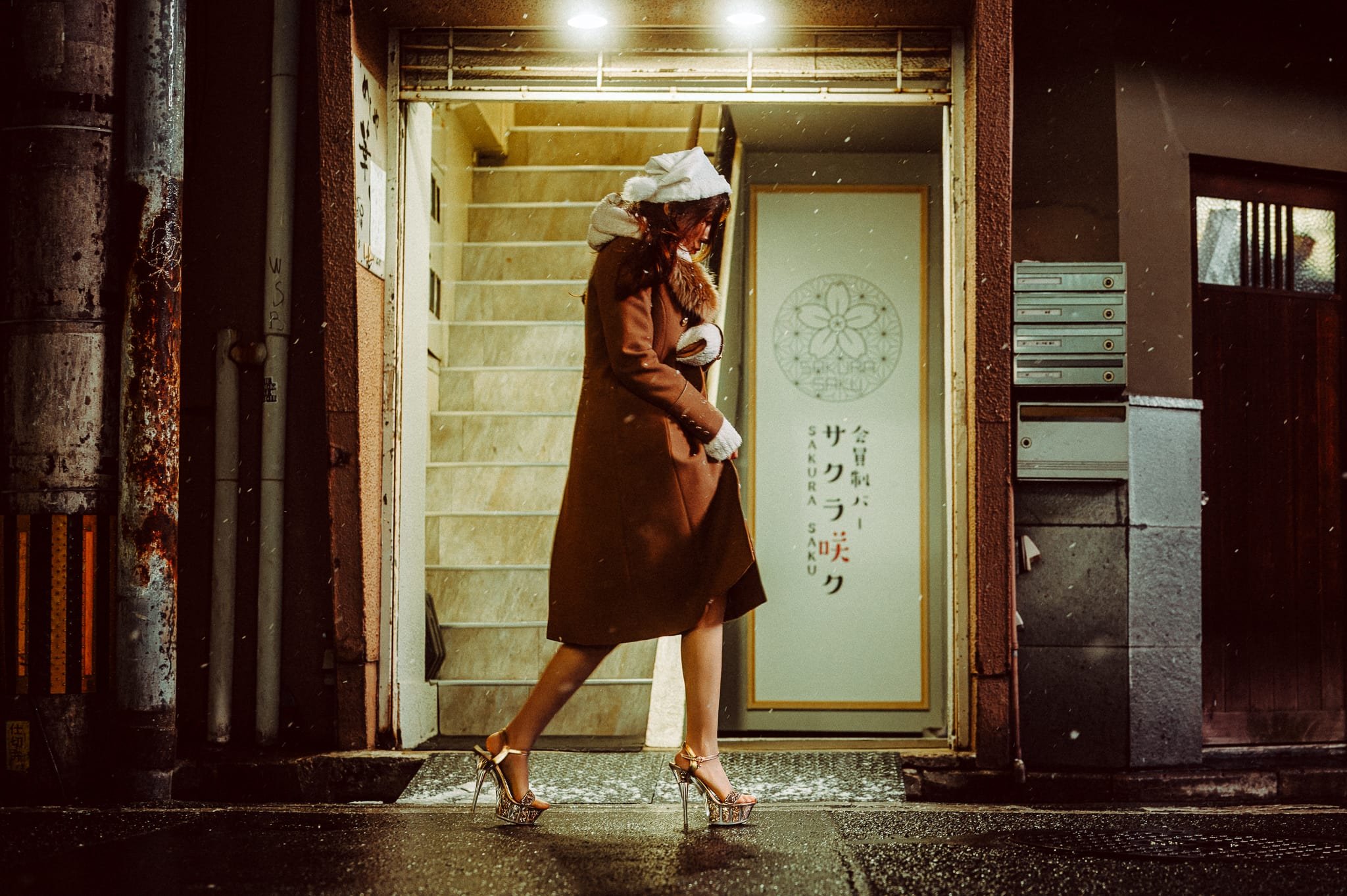
| **This website contains affiliate links. We will earn a small commission on purchases made through these links. Some of the links used in these articles will direct you to Amazon. As an Amazon Associate, I earn from qualifying purchases. |

